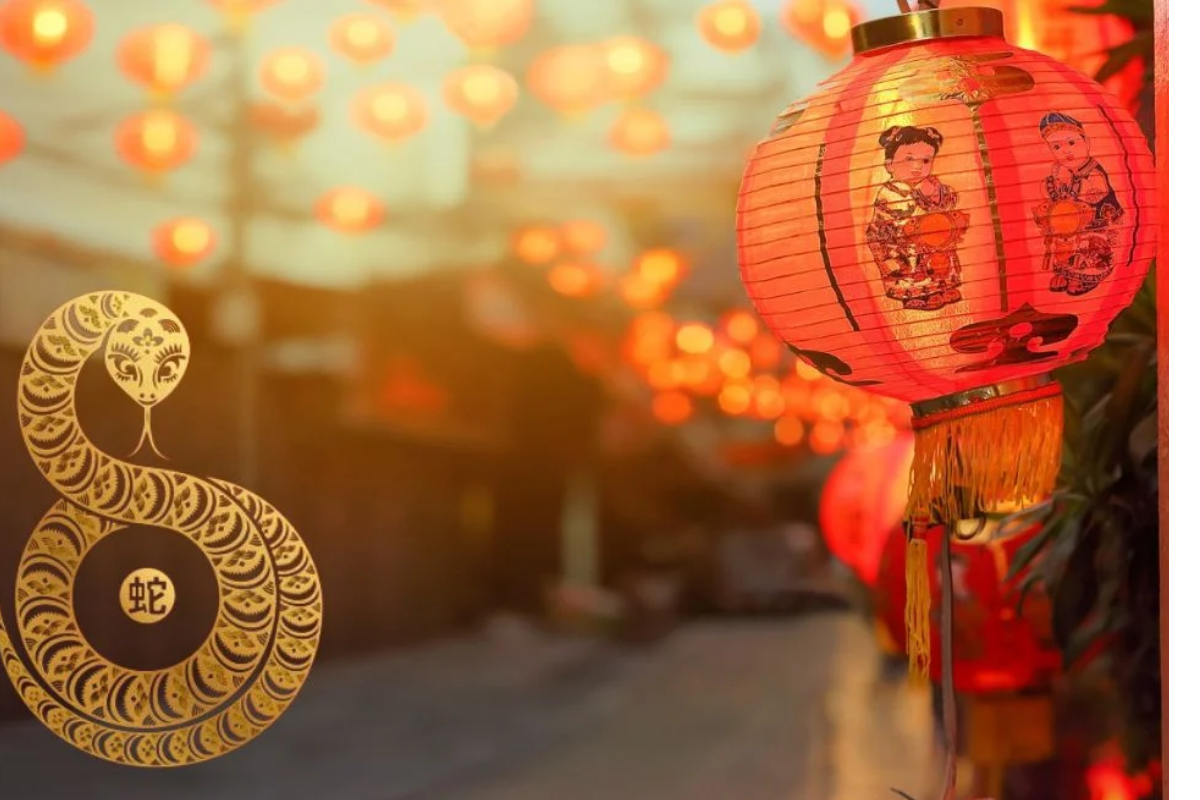Millions worldwide celebrate the Chinese Lunar New Year of the Snake, which began on January 29, 2025. The festival, also known as the Spring Festival, is a major cultural event in China and is widely celebrated in countries with significant Chinese communities, such as Singapore, Malaysia, and the United States. This year’s celebration is crucial as it marks the beginning of a new zodiac cycle with the Snake, a symbol of wisdom, charm, and insight.
In China, the Lunar New Year is a time for family reunions and honoring ancestors. It is considered the most important holiday of the year, with millions traveling back to their hometowns to celebrate with loved ones. Public celebrations in major cities like Beijing, Shanghai, and Hong Kong include dragon and lion dances, traditional music, and fireworks. Large parades with vibrant costumes, martial arts performances, and cultural exhibitions attract huge crowds, creating an atmosphere of joy and excitement. The streets are lined with red decorations, symbolizing good fortune and happiness for the upcoming year.
“Chinese New Year is not just about celebrating the start of a new year,” said Li Wei, a resident of Beijing. “It’s about remembering our roots, paying respects to our ancestors, and wishing for peace and prosperity in the future.” During the celebrations, people gather for family feasts featuring traditional foods such as dumplings, rice cakes, and fish, all symbolizing wealth, success, and happiness. The reunion dinner on New Year’s Eve is one of the most important meals, where families come together to honor the past and look forward to the future.
In other parts of the world, celebrations are no less grand. In the United States, cities with large Chinese communities, such as San Francisco and New York, host extensive festivals featuring parades, fireworks, food stalls, and performances. These events attract Chinese people and people of various backgrounds who come to experience the culture. Local businesses in these cities prepare for a surge in sales of items related to the holiday, such as decorations, clothing, and special foods.
The symbol of the Snake in this year’s lunar calendar is a reminder for people to focus on self-improvement and growth. In Chinese astrology, the Snake is seen as a sign of wisdom and cleverness. It is believed to be a year for making thoughtful decisions and taking careful actions. Many people use the occasion to set personal goals for the year ahead, seeking to improve themselves and their circumstances. Some follow the custom of cleaning their homes before the New Year, sweeping away bad luck and making space for good fortune to enter.
“Chinese New Year is a time to reflect on the past year and to look ahead with hope,” said Zhang Min, a community leader in Shanghai. “It is a time to honor our traditions while embracing the future and all its possibilities.” The New Year’s celebrations also feature the giving of red envelopes, known as “hongbao,” filled with money. This tradition symbolizes good luck and wealth, particularly for children and unmarried adults.
People worldwide blend traditional practices with modern-day celebrations as the Lunar New Year festivities continue. The holiday, which has evolved over centuries, remains deeply rooted in culture and tradition but also reflects society’s changing dynamics. Whether through family gatherings, public events, or community activities, the Chinese Lunar New Year remains a time for reflection, renewal, and celebrating heritage and progress.




